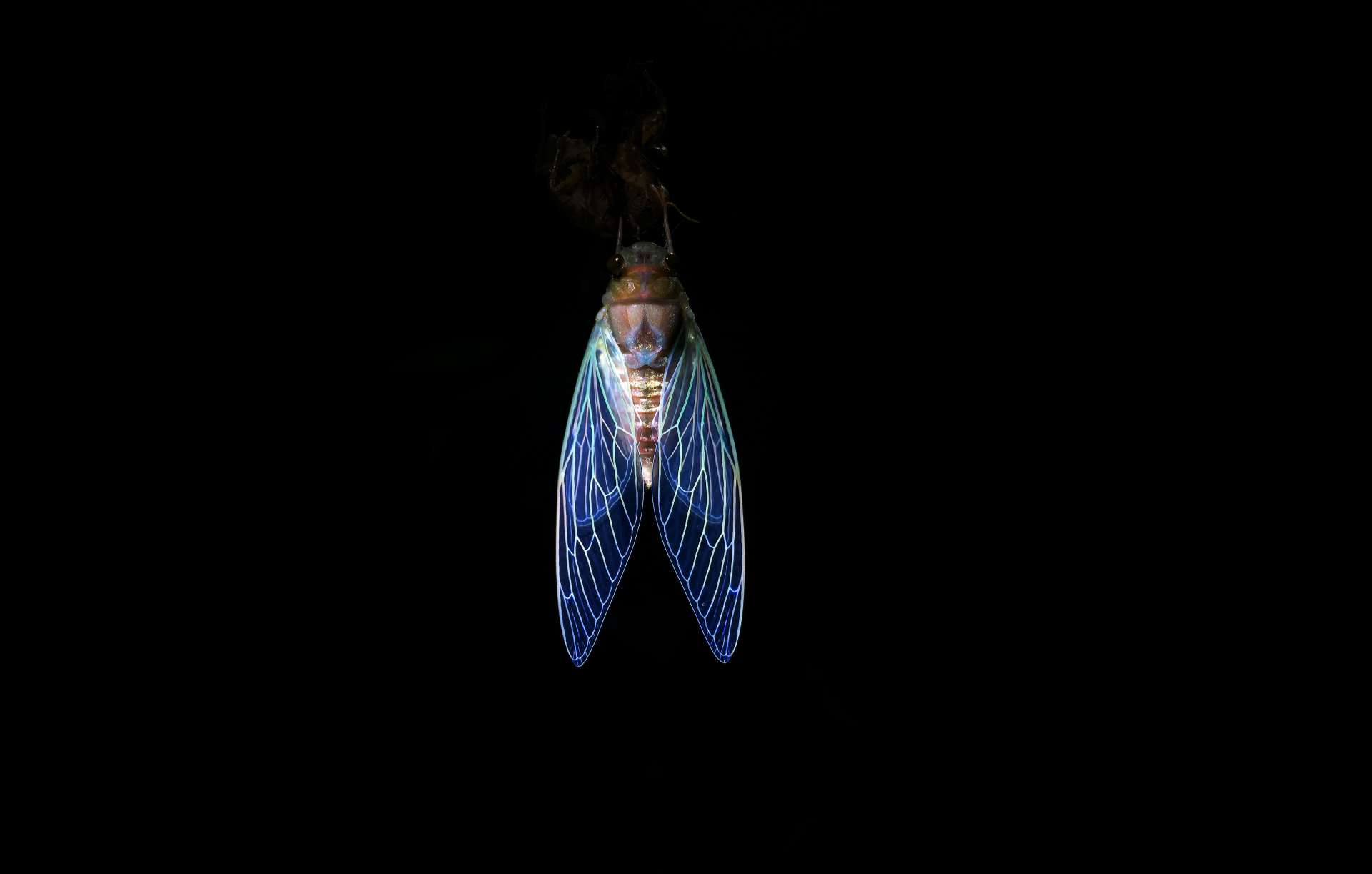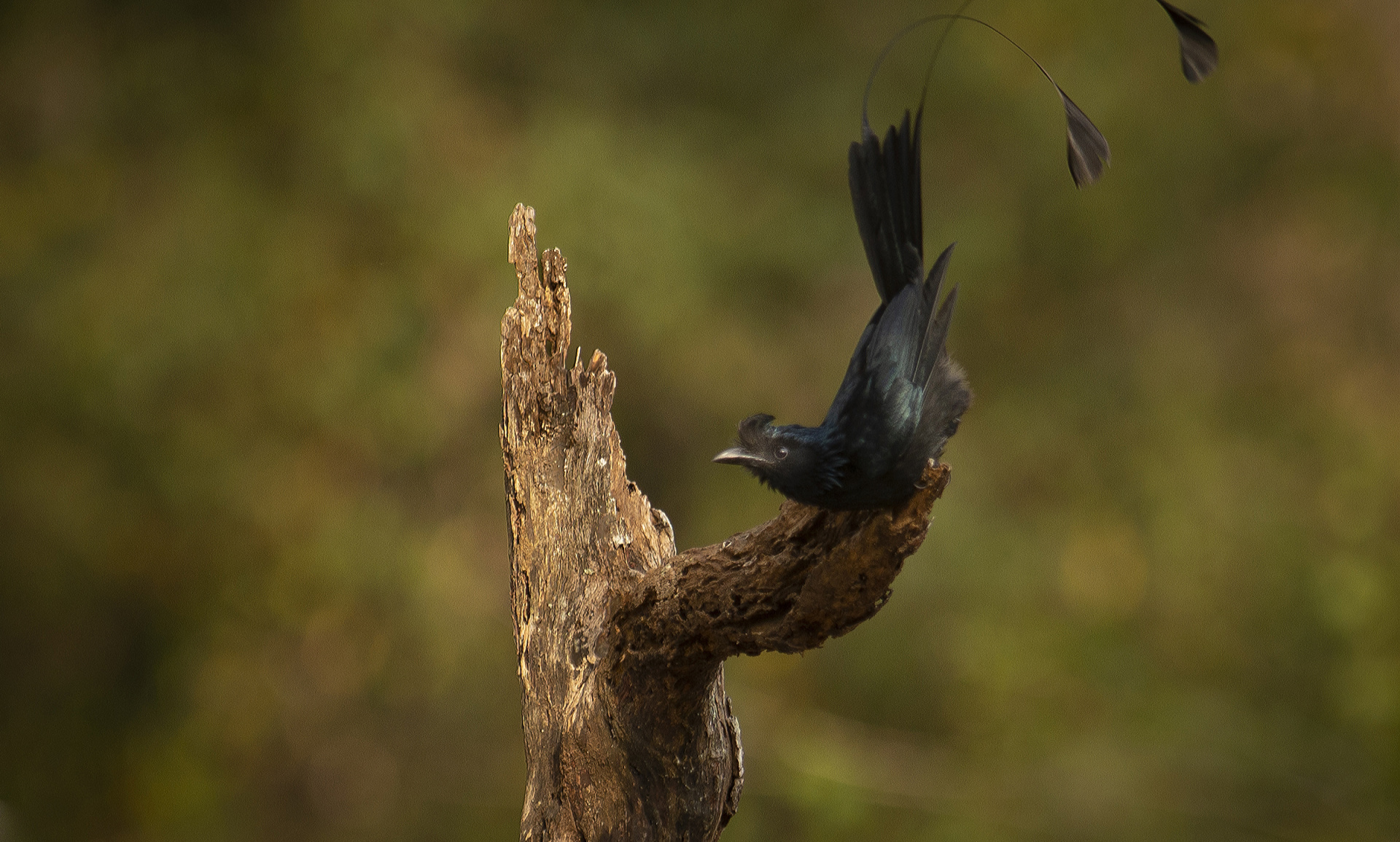An Aural Journey through Nagarahole: The Language of Deception
Published on: 13/05/2024
Published on: 13/05/2024

Photo title: Cicada
|Photo Credits: Santosh Saligram

Photo title: Greater racket-tailed drongo
|Photo Credits: Santosh Saligram

Santosh Saligram is a writer, editor, photographer, designer and content-and-communications strategist from Bengaluru, who is enamoured with ‘all things sentient' and the tragically futile effort of capturing their magic through creative media. Santosh describes himself as a 'pen-and-camera-wielding raconteur', for his style involves narrating a story in partnership with images, films and graphics to sing paeans of the mystery and joy that are inherent in Nature. He's been a photography mentor, leading tours to various wildernesses for nearly a decade, authored at least two known books partly or fully, and been awarded both nationally and internationally for his pictorial work.
An Aural Journey through Nagarahole: The Language of Deception
An Aural Journey through Nagarahole: The Sound of Tardiness
An Aural Journey through Nagarahole: The Seen and the Sawing
Touring Kabini with Your Eyes Closed: An Aural Journey through Nagarahole: Alarms True and False
An Aural Journey through Kabini: Pre-Dawn Critters and Jitters
An Aural Journey through Kabini: The Beginnings
Why you should put a backwater boat safari at the forefront of your Kabini visit – 2
Why you should put a backwater boat safari at the forefront of your Kabini visit – 1
From the Kitchens of Evolve Back – Sutta Sigadi Mathu Hannugalu
From the Kitchens of Evolve Back – Masala Raagi Cheela
From the Kitchens of Evolve Back – Tandoori Zaffrani Paneer & Tandoori Phool
From the Kitchens of Evolve Back – Tumbida Ginnu
From the Kitchens of Evolve Back – Raagi Mudde Bassaru
From the Kitchens of Evolve Back – Hurida Meke Mamsa
From the Kitchens of Evolve Back – Masala Hoo Kosu
From the Kitchens of Evolve Back – Kuruba Adina Saru
From the Kitchens of Evolve Back – Sutta Naati Koli
From the Kitchens of Evolve Back – Savatekayi Suttadu
From the Kitchens of Evolve Back – Kendadali urida sigadi mathu meenu
From the Kitchens of Evolve Back – Bidirinalli Beyisida Koli
From the Kitchens of Evolve Back – Hurida Koli
First glimpse of god – the Black Panther of Kabini